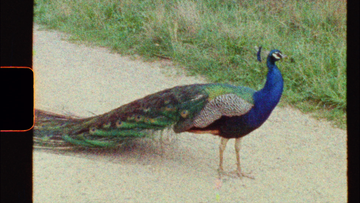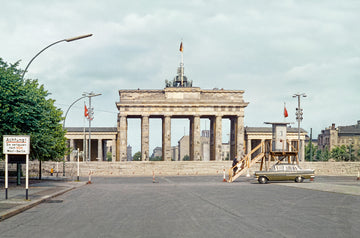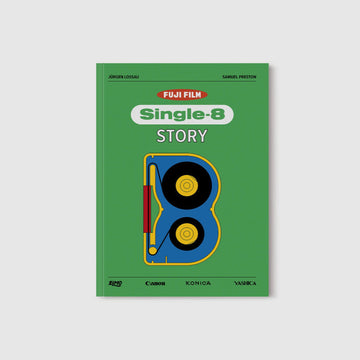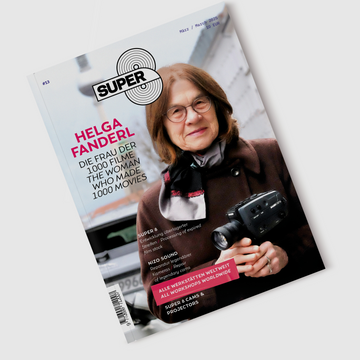Kodak Ektachrome 100D tested with 10 cameras
Jul 25, 2022
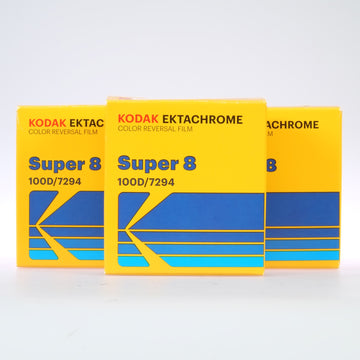
We tested the Kodak color reversal film Ektachrome 100D in ten Super 8 cameras. Only three of the models used can correctly read the ISO/ASA 100 of the material (Leicina Special, Nizo 2056, Beaulieu 4008 ZM4). All seven other models read between ISO/ASA 40 and 64. Despite this, the brightness of the scenes is sufficient and the colors are bright. It seems that it no longer matters whether the camera can read the ISO/ASA numbers correctly. That is the big advantage of the new material: it makes almost all cameras usable. In order to verify this without errors, we selected one model from each of the different camera classes from various manufacturers. The results of a Bauer C4, for example, can be transferred to the C6 and C8 models, and with the Nizo 561 macro they can be transferred to all models with a light meter battery in this series.
We exposed the Ektachrome in the Nizo 561 macro with the correct, earlier 1.35 V batteries and also tried it with the 1.5 V batteries that are now available. This should actually result in a one stop underexposure. However, this is hardly noticeable in the film.
Even an inadvertently inserted conversion filter, as in the Agfa Microflex 200, which does not have a switch for daylight/artificial light, cannot throw the film off balance. The images may have a slight reddish tint, but they are still usable. With the Agfa Microflex, a screw must be turned into a thread to swing out the conversion filter. It does not recognize the corresponding coding on the film.
In terms of grain, the material appears to us to be finer-grained than the earlier Ektachrome 64T, but slightly grainier than the Ektachrome 100D that was sold until eight years ago. Further tests are required to say anything more precise.
In all cases, the film strip ran through the cameras without any problems. The film shown here was not corrected in terms of brightness, colors or image stability. The recording was made at 18 frames per second, the scanning at 25 frames per second. In the projection, the scenes appeared to be more bright. This may be related to the scanning.
In addition to the Super 8 cassettes, the film is also available as 16 mm material.

